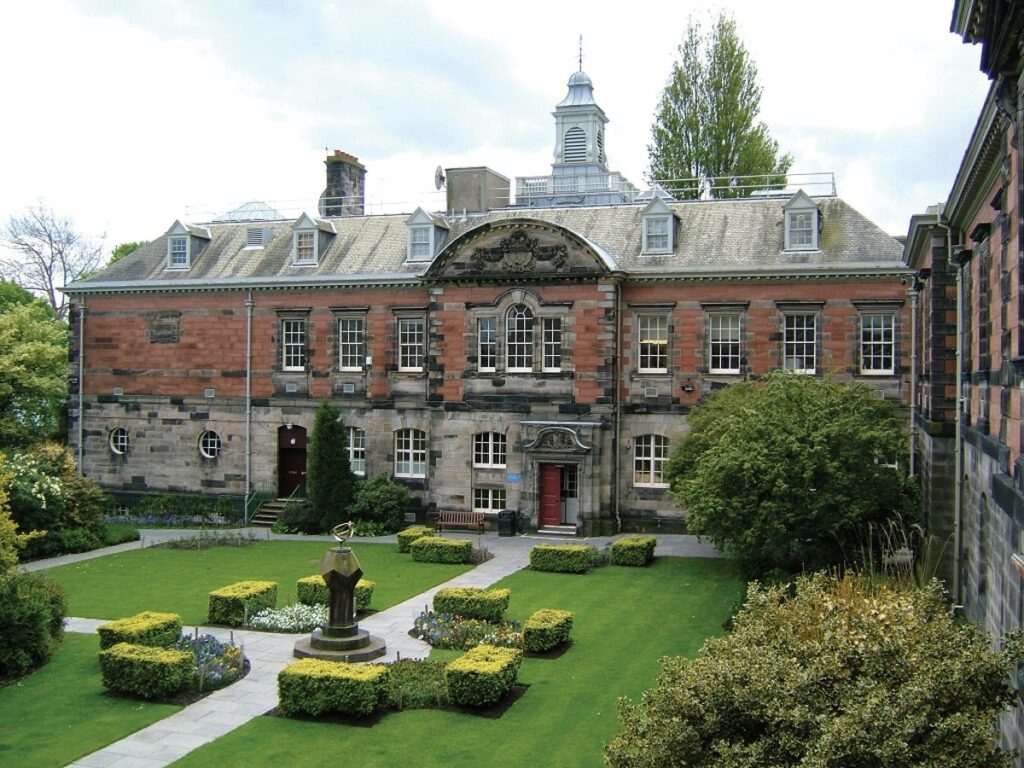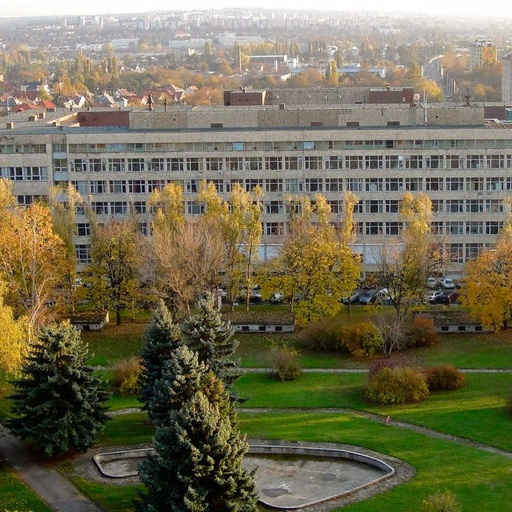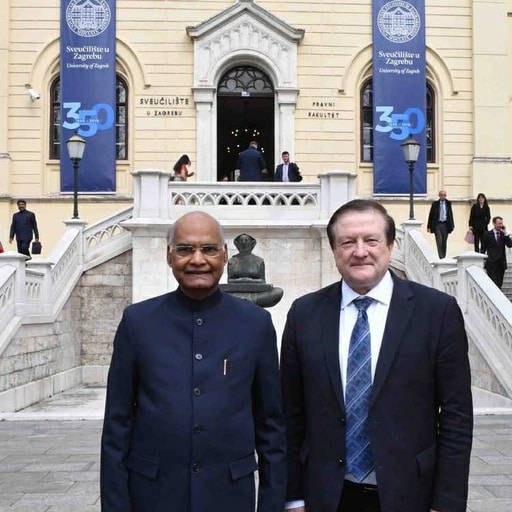All General Medicine
Becoming a general practitioner and being able to put the letters “M.D.” behind your name is an arduous process in the United States. You will first have to complete a 4-year bachelor’s degree, usually in a subject like biology or chemistry, then spend four years in medical school (assuming that you’re accepted). Three to seven years of residency (supervised practice in a hospital) follow, for a total of 10 to 14 years before you can truly practice medicine.It is, however, possible to shorten this process if you’re brave enough: many European universities offer a combined bachelor’s/master’s degree in general medicine. These generally run for 6 years, and some of them are taught in English.As long as the institution you study at is listed in the World Directory of Medical Schools as meeting ECFMG (The Educational Commission for Foreign Medical Graduates) eligibility requirements, the degree is technically worth the same as a Doctor of Medicine earned in the United States.Afterward, you will generally need to do 3 or more years of residency in the United States. The bad news is that only about 40% of doctors who studied abroad and passed the USMLE exams manage to snag a U.S. residency slot.Without a residency to your name, you will still be an M.D. (assuming that you passed the licensing exams) and could find work in a non-clinical role. You may be able to work in the pharmaceutical or biotechnology industries, for instance. However, without a residency or perhaps significant research credentials, you will be at a disadvantage compared to doctors who studied in the U.S. or Canada.




















